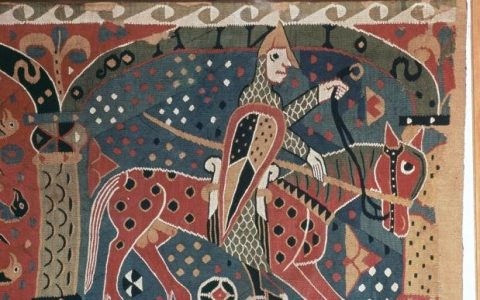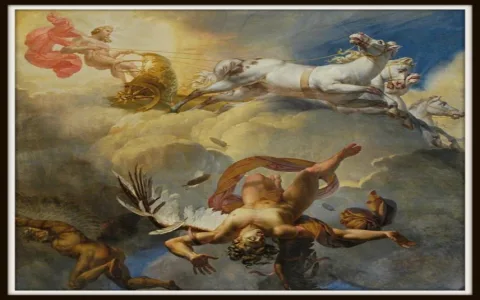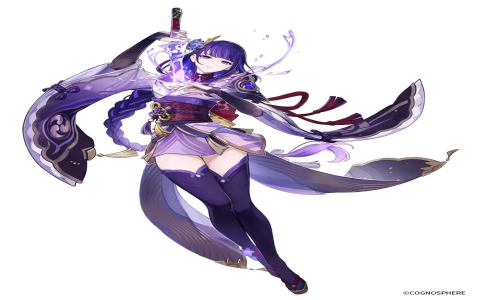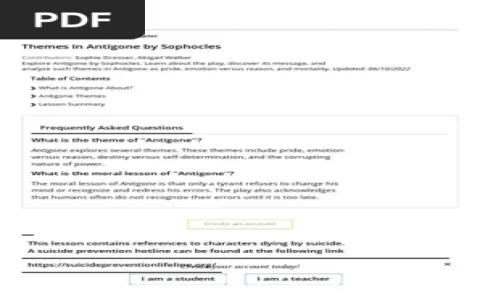Started digging into Norse art stuff after stumbling on some cool Viking patterns online. Couldn’t wrap my head around what made it different from other old-timey art, so I just dove in headfirst.
Getting My Feet Wet
Grabbed my laptop at the kitchen table with coffee brewing. First mistake? Thinking this would be quick. Typed “Norse art styles” and BOOM – got hit with a tidal wave of fancy words like “Urnes” and “Oseberg.” Felt like reading IKEA instructions backwards. Closed Wikipedia after five minutes, totally lost.
Changed tactics. Pulled up museum sites instead, hunting for pictures of actual stuff. Saw that funky wooden stuff from Norway – you know, those posts carved with animals eating each other’s tails. Tried sketching one while squinting at my screen. My cat walked over my notebook. Progress? Zero.
Figuring Out The Timeline Mess
This is where things got sideways. Turns out Norse art didn’t just pop up overnight like my sourdough starter. Broke it down dumb-simple for myself:
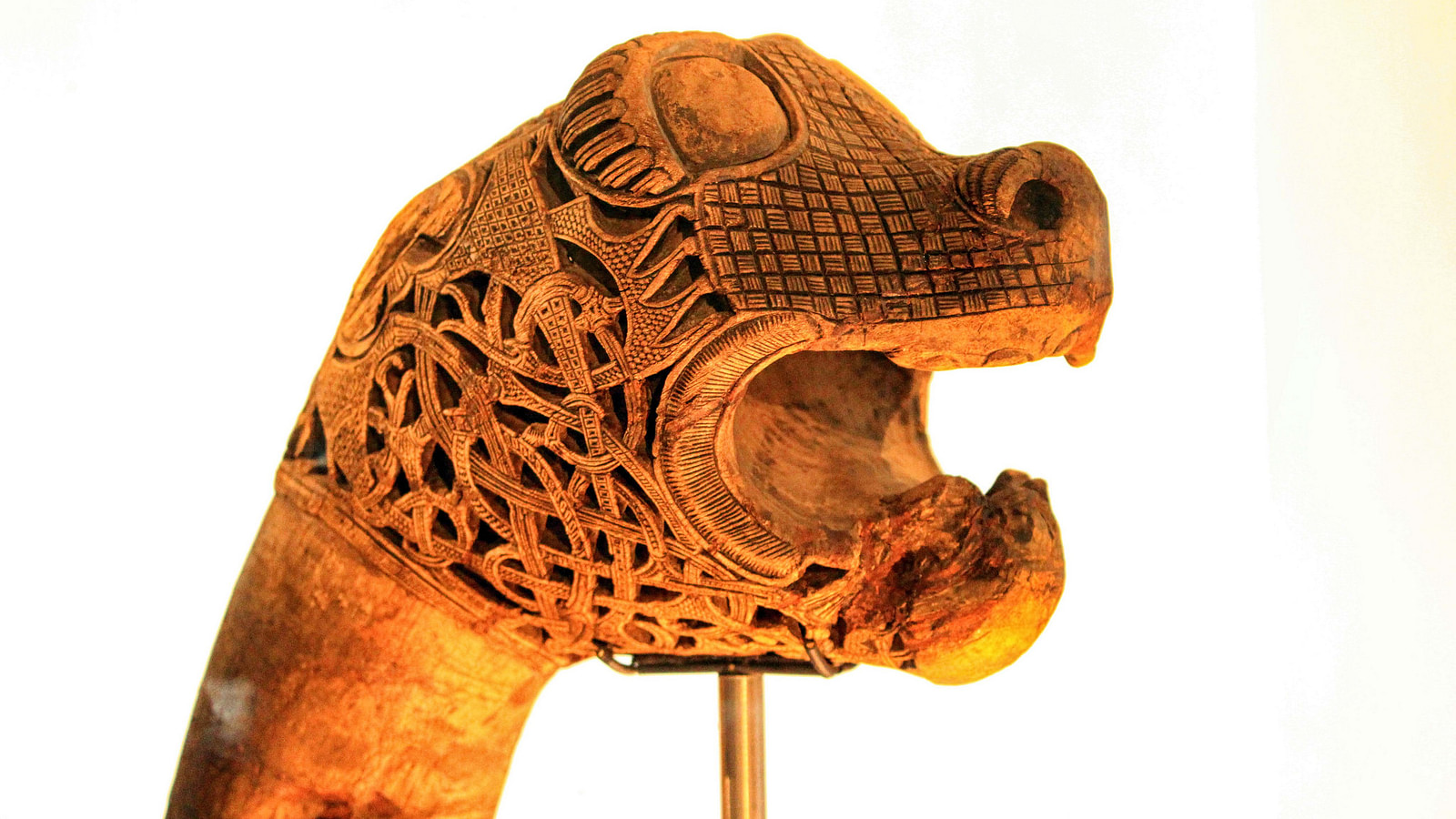
- Kicked off with “Migration Period” stuff – basically swirls and monster faces slapped on brooches and swords. Think fancy doodling while waiting for raids.
- Hit its stride with “Viking Age Styles” – went full-on animal crazy. Saw pictures of ship posts where snakes and birds were tangled up like last year’s Christmas lights. Mind slightly blown here.
- Ended with Christian vibes creeping in – crosses started showing up next to the dragons on church walls. Kinda awkward, like your metalhead uncle wearing a suit to a wedding.
Made a timeline on a napkin using different colored pens. Dropped coffee on it. Typical.
Why Their Visual Tricks Worked
Stared at those knot patterns until my eyes crossed. Finally clicked why it felt so wild:
- It’s all about the animals, but they don’t look real. More like someone described a lion to a carver who’d never left Norway. Twisted bodies, crazy proportions.
- Everything overlaps and ties together. No empty space. Like visual claustrophobia in the best way.
- No big stories or gods posing. Just pure pattern power hammered onto everyday stuff – brooches, sledges, even darn combs.
Honestly? Once you see how they jammed multiple beasts into one swirling design, you can’t unsee it. Tried carving a simple knot into a scrap of wood later. Let’s just say my X-Acto knife skills need work.
My Takeaway After All That Rabbit-Holing
Norse art isn’t about flashy paintings in gold frames. It’s like walking through a dark forest – you gotta lean in close to see the wild things hiding in plain sight. Every dragon head biting its own tail on a worn-out sled teaches you more about Vikings than a textbook paragraph.
Ended the night scrolling through museum archives again, spotting snakes hidden in doorframes I missed before. Might actually attempt that wood carving again tomorrow. After more coffee.

